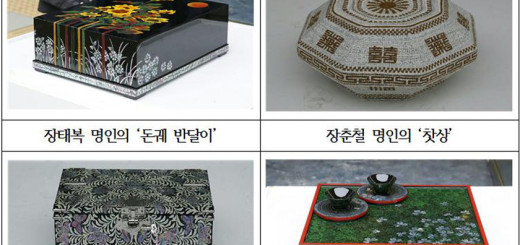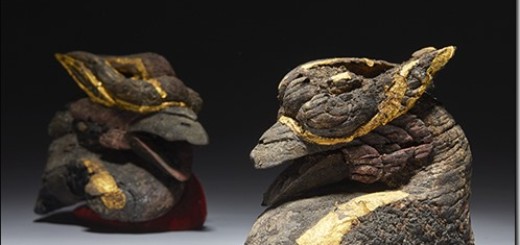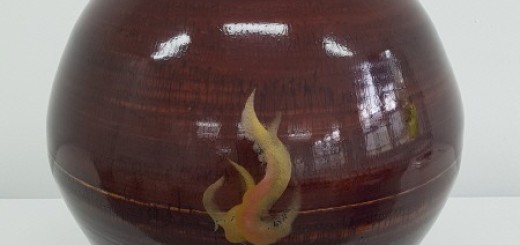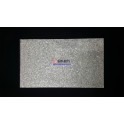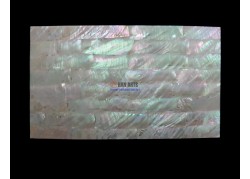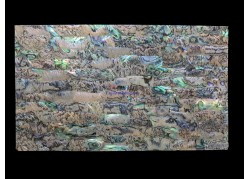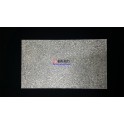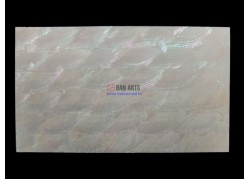The lacquer-related lacquerware is one of the decorative techniques of wooden crafts. It is a craftwork that is cut into various shapes of lacquered wooden products and decorated with thin shells of shells (mother-of-pearl, mother-of-pearl).
Lacquerware made in Korea was produced from the Three Kingdoms period, and Mungyeong (National Treasure No. 140), an ancient shoe that was presumed to be a relic of the North and South Korea Period, was excavated in the Gaya region. Lacquerware has been made for various purposes ranging from furniture to documents. We are now introducing our products to overseas as special products of our country.
In this session, we will learn about various kinds of lacquerware.
Click to view larger image.
The museum is located in the Gaya area. The museum is located in the Gaya district of Seoul. The museum is located in the Gaya area. The oldest marble crafts
Photo Source = Cultural Heritage Administration
How to decorate lacquerware
There are four types of lacquer lacquer decorations: lacquer, lacquer, lacquer, and stencil.
The sound quality of the line is also called wrinkle, and it is a method to cut the mother-of-pearl into the planned pattern and put it on the surface. This method can be used for realistic representation, and it can be used to create a pattern of curves that can delineate curved patterns and cut multiple sheets into the same pattern at the same time.
The imitation method refers to the embossed detail of the pattern made of string quality. For example, birds’ feathers, leaf veins of the leaves can be expressed.
Cutting quality refers to a technique of cutting a long and thinly cut mother-of-pearl of a certain size into a long straight line, a curved line, and attaching it closely. Geometrical patterns can be expressed and used mainly in the late Joseon Dynasty.
The stroke method artificially applies a crack to the mother shell to ask for the rounded face of the mother-of-pearl made with string quality. It uses thick mother-of-pearl rather than thin mother-of-pearl. It was especially popular in the mid-Joseon period, which was originally invented by Joseon.
Bronze lacquerware of the times
1. Koryo Electric
Until the 12th century, the representative feature of Goryeo period was that it used a god damsel to express petal or petal of small flower. The gypsy picking method is to grind the sea turtle carvings thinly to make it transparent and to make the inside look red, red, etc. to be seen on the front side. This method can be found in the Tang Dynasty works, but the work of the Dynasty used the godmother as it was, and the Koryo Dynasty used the godmother in a different way. It is a unique method that can be seen only in the Goryeo period works.
Click to view larger image.
▲ painted
Photo Source = National Museum of Korea
2. Late review
The godmother used for Koryeo era disappears and used mainly mother-of-pearl in the latter period. The patterns used in the lacquer ware of the Koryo period are small flower patterns such as chrysanthemums and peonies. Some of the small pieces of mother-of-pearl cut to form some kind of pattern and arranged regularly or successively developed and exhilarated. And the decoration technique using the mother-of-pearl and the metal wire was highlighted. In particular, fake method was used.
3. Chosun Dynasty
In the Joseon Dynasty, simplicity and frugality were regarded as the main virtues centering on Confucianism. Therefore, the splendor of lacquerware was developed differently from the traditional lacquer ware, which had a strong alien appearance and strong tribal taste.
The lacquerware of Joseon established a new direction in the enlargement of the pattern material, the diversity of composition and arrangement of patterns, the way of expression, and it is divided into three periods: electricity, middle and late. In the Joseon Dynasty, the imitation method appeared in the series inheriting the tradition of the Koryo period, and the method of the dancing began to appear in the series of the larger flower. During the middle of Joseon Dynasty, materials such as Sagunja, Hwajo, and Grapes were used for lacquer ware and actresses actively used in Chosun Dynasty. In the late Chosun Dynasty, a popular tendency appeared, and geometrical patterns such as folk paintings and turtle patterns, and arborescence patterns were widely used. During this period, various techniques such as tattooing, sound quality, and imitation were used.
